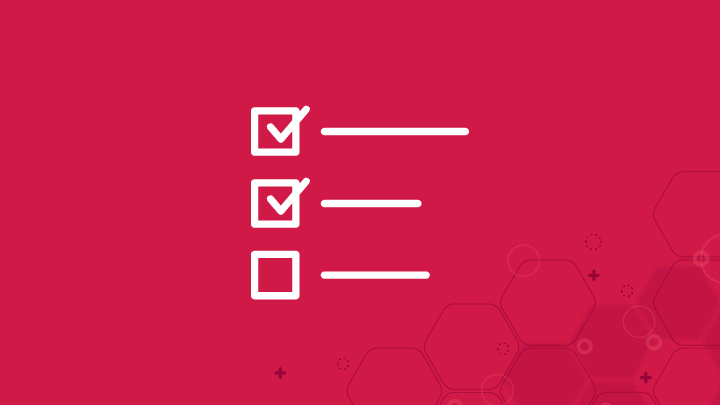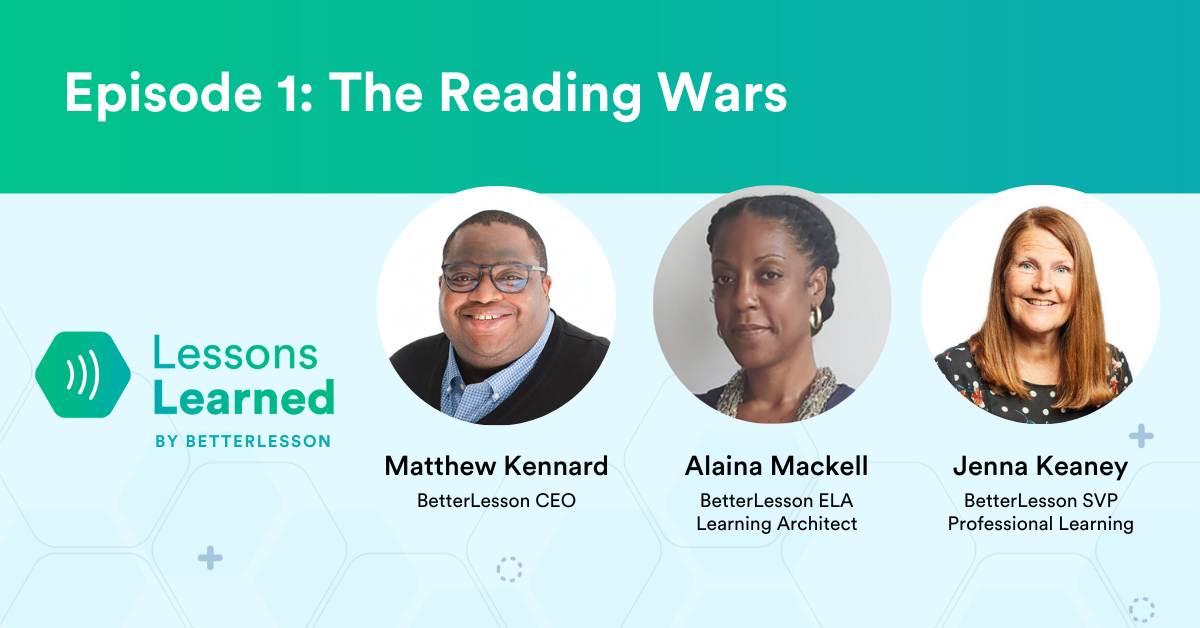This is the fourth blog in our Newsela student-centered literacy blog series. You can find the previous installment here and the subsequent installment here.
As a literacy specialist, I work closely with students who struggle with reading comprehension. My colleagues and I are well-versed in the research-based reading comprehension strategies that have been proven to help students succeed, and the students themselves can list for you all the strategies they should use when they are reading challenging text. But, even so, I have often wondered: Where is the disconnect? Why are some students able to explain what they should do to help themselves understand what they’re reading but unable to follow through with this work independently?
The answer is that there is an additional component necessary in an effective reading program—empowering students to take ownership of their reading comprehension skills. When students become the owners of their learning, they are inherently motivated to improve. This can be done through creating a classroom environment where teachers provide clear expectations, enable students to select actionable, individualized goals, and support students in meeting these expectations throughout the learning process. Students are then able to connect this work to improved success throughout the content areas and beyond.
Developing a “Toolbox” of Strategies
Direct instruction of research-based reading comprehension strategies is essential in an effective reading program. Students need to develop word identification skills and fluency. Students also need to access and connect to their background knowledge, infer, question, visualize, identify key details, and summarize/synthesize what they have read. Teaching all of these skills is imperative, but, unfortunately, not always enough.
Why Aren’t the Research-Based Strategies Working For All Students?
Once students have developed their “toolbox” of effective reading comprehension strategies, there are some additional factors that can lead to increased success. These factors include:
- Providing differentiated text to make sure all students are reading at their independent or instructional level, and therefore, able to apply strategies effectively
- Empowering students to take ownership of their reading comprehension skills and develop metacognitive skills to analyze their progress
- Adapting a classroom culture based on growth mindset that includes setting actionable goals, monitoring progress, building confidence, and celebrating steady gains
Providing Differentiated Text
Providing differentiated text is a cornerstone of a successful classroom where all readers can succeed. This strategy makes sure all students are reading at their independent or instructional level so they are able to apply strategies effectively. Newsela is an incredible resource that provides teachers and their students with informational text related to current events and the content areas at five different reading levels. We can provide excellent instruction on how to implement reading comprehension strategies, but all the strategies in the world aren’t going to be enough if the reading material is at a student’s frustration level.
Next, students must have a purpose for reading. Students need to ask themselves, “How will I use the information I am reading? How is it relevant?” One way to provide students with a purpose for reading and motivate them to use their strategies effectively is the jigsaw strategy. Newsela articles are particularly helpful with this activity because each article is differentiated by reading level, so all students can become experts on the content they read. The jigsaw strategy engages all students and allows each group member to play a valuable role in the group’s learning experience.
Developing Metacognitive Skills to Empower Students
In Teaching Students to Drive Their Brains, Wilson and Conyers explain, “The goal of teaching students to be metacognitive is to guide them to consciously, and with increasing independence, recognize when and how to employ cognitive strategies that work best for them across various situations.” It isn’t enough for students to have a toolbox of reading comprehension strategies. They also need to figure out how to effectively select from these strategies and determine which work best for them in a variety of circumstances.
One way teachers can teach metacognition to empower students to take ownership of their reading comprehension is through the quiz reflection strategy. In this unit, students read a variety of Newsela articles and complete the quizzes attached to each article. Students analyze what strategies worked well for them and brainstorm what other strategies they can use to find further success throughout the unit. Because there are five reading levels to choose from, all students in the class were appropriately challenged. As students found success using their strategies, they were able to increase the lexile of the articles they read to further challenge themselves and grow. While this strategy focused specifically on improving their overall success on the quizzes, the metacognitive skills required to figure out where their comprehension broke down and what specific strategies they would use to improve comprehension on the next article were easily applied to overall reading comprehension across the content areas.
- Overview of the Quiz Reflection Strategy
- Whole Group Modeling: Analyzing a Quiz Question to Brainstorm Effective Reading Comprehension Strategies to Increase Success
- Individual Conference: What to Do When a Student Says, “I went too fast” and “I’ll slow down.”
Another way that teachers can empower students to take ownership for their reading comprehension is through the identifying the central idea and supporting details unit. The key elements of this unit include:
- Differentiated text- It is essential that the text be at an appropriate level for students to be able to implement their reading comprehension strategies successfully
- Clear modeling of the process for identifying the central idea and supporting details
- Clear guidelines for a successful written response (rubric)
- Individual conferences with students to help them identify areas in which they can improve, time to apply these strategies to improve work, and then the ability to refer back to this work before practicing this strategy again
- Purposeful reflection on how this work can be applied across the content areas and beyond
- Students explain what they learned about themselves as readers through the central ideas unit and how they applied this knowledge to their other classes.
In both of these units, students were given the control over what strategies they would use and were allowed to discover for themselves where their comprehension and broken down and what strategies they would like to use to improve their success. Students were able to see themselves improving over time and this continued to motivate them to keep growing and learning. Throughout the lessons and at the end of each unit, students were asked to reflect on their growth. A key element in each of these units was allowing students to determine how what they discovered about themselves as learners could help them to find success in their other classes as well.
The growth that all students, including those needing significant intervention and those requiring enrichment, made in each of these units was significant. Students were engaged and excited about the progress they were making. Students were able to articulate what strategies were working for them and worked collaboratively with one another to brainstorm new strategies they could use to further increase their success.
Creating a Classroom Culture Based on a Growth Mindset
Carol Dweck, in an Education Week article in 2015 reflected on her work regarding growth mindset. She clarified that “A growth mindset isn’t just about effort. Perhaps the most common misconception is simply equating the growth mindset with effort. Certainly, effort is key for students’ achievement, but it’s not the only thing. Students need to try new strategies and seek input from others when they’re stuck. They need this repertoire of approaches—not just sheer effort—to learn and improve.” Introducing a growth mindset to your classroom culture includes setting actionable goals, monitoring progress, building confidence, and celebrating steady gains.
Students need time to figure out what comprehension strategies work best for them and will directly impact their overall academic success. The units highlighted above significantly helped students to improve their reading comprehension skills because students were empowered to develop a detailed action plan including specific steps they could take to improve. Teachers provided support in identifying areas of strength and need and met with students as a group and individually to help monitor success and brainstorm next steps. When students are able to see themselves improving incrementally throughout the process, they are motivated to keep working toward their goals.
Developing a toolbox of research-based reading comprehension is imperative in a successful reading program. Then, empowering students to practice selecting from these strategies to improve their comprehension of text at their independent or instructional level is key. Providing students with ample opportunities to reflect on their success and set actionable goals for improvement puts students in the driver’s seat of their learning and motivates them to develop their reading comprehension skills across the content areas and beyond.







